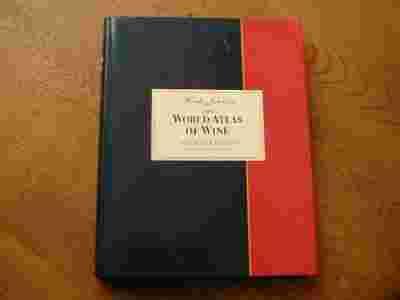|
The World Atlas of Wine is something of a dream-team production. The names Hugh Johnson and Jancis Robinson alone recommend any book on which they appear. The fifth edition (in 30 years) of this astonishingly successful book lives up to, and surpasses, its predecessors. In 350 densely packed but never clotted pages the authors manage the extraordinary feat of characterizing wine production throughout the world, from Vancouver Island to Japan--Buddhists first planted vines in that inhospitably precipitous, monsoon-lashed land over a 1,000 years ago. After a substantial introductory section dealing with the history of wine, its making, storage, and enjoyment, we're off. Starting with (where else?) France and Burgundy, each wine area is summarized in terms of its geography, climate, and preferred vines and the appellations, laws, and traditions that govern production. The discussion of Pomerol, for example, tells you a great deal in one short page. Even since 1994, when the fourth edition came out, vast changes have swept the wine world, and many parts of the atlas have been correspondingly completely reworked. South America, Canada, Southern France, Italy, Greece, Eastern Europe, and the Eastern Mediterranean are among the areas that have benefited. The regional maps that form the core of the book are a triumph of clarity. The whole production constitutes a brilliant achievement of organization and synthesis, forming an indispensable resource for any wine lover at all interested in where the wine they drink comes from and why it tastes the way it does.
|
|

